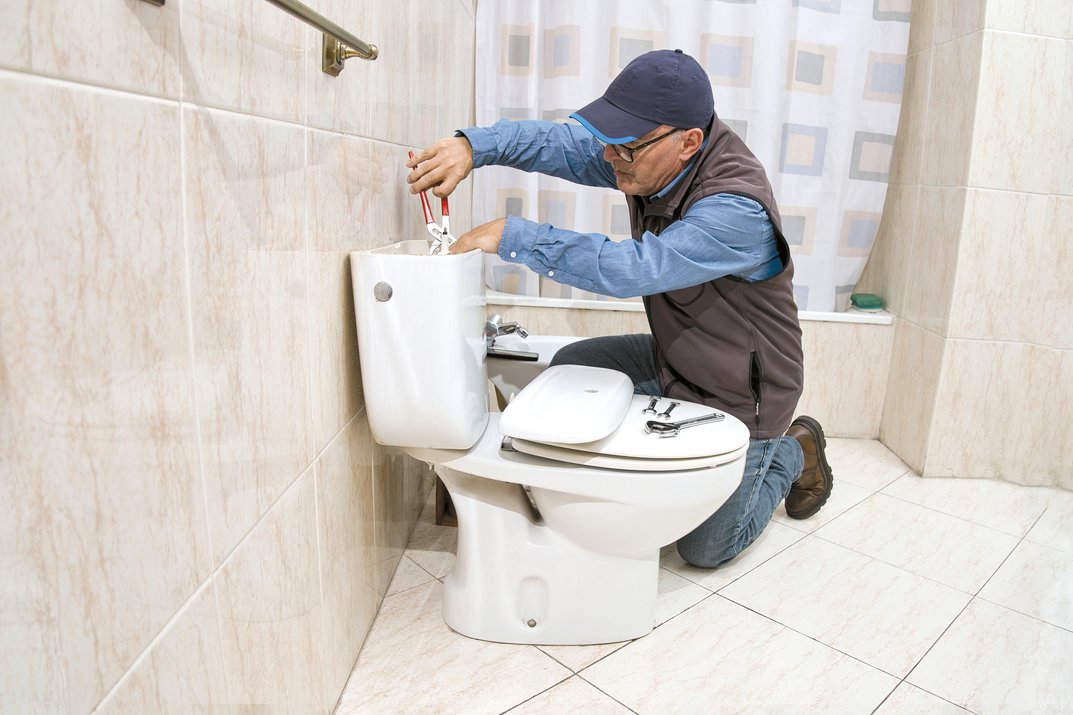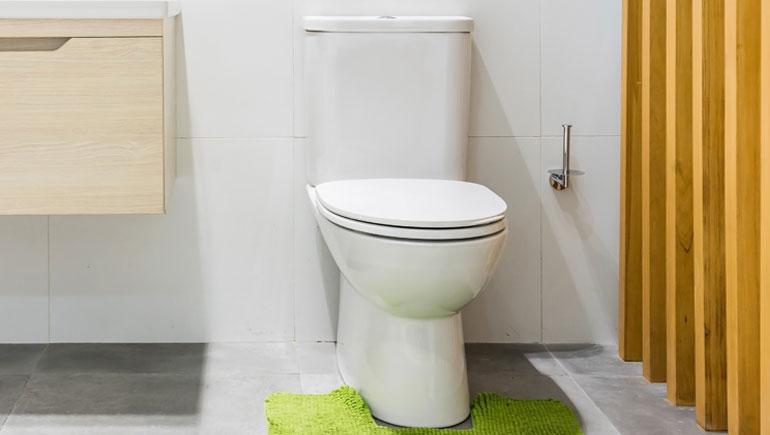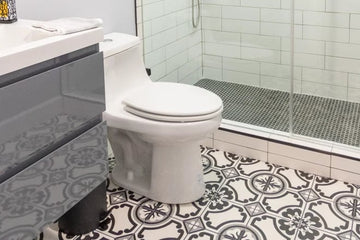In the realm of modern plumbing, water-efficient toilets have become a pivotal innovation, especially for industry professionals focusing on quality assurance. With environmental concerns mounting and water conservation becoming a global priority, understanding the nuances of water-efficient toilet technologies is essential. This article delves into the intricacies of such toilets, providing you with a comprehensive water-efficient toilet comparison chart to guide your decisions.
The quest for water-efficient toilets is not merely about saving water but also about enhancing performance and reducing operational costs. The following sections will explore the features, benefits, and considerations in selecting the right toilet for various settings, with a focus on industry standards and environmental impact.

Understanding Water-efficient Toilets
Water-efficient toilets are designed to use significantly less water than traditional models. They achieve this through various technologies, including dual-flush systems, pressure-assist mechanisms, and gravity-fed designs. Each of these technologies offers distinct advantages and challenges, which we will explore in detail.
For instance, dual-flush toilets allow users to select between a low-volume flush for liquid waste and a higher volume for solid waste, optimizing water usage based on need. On the other hand, pressure-assist toilets use compressed air to enhance the flushing power while using less water, making them ideal for high-traffic areas.
Benefits of Water-efficient Toilets
The primary benefit of water-efficient toilets is their ability to conserve water. According to EPAs WaterSense program, replacing old toilets with water-efficient models could save an average family over 13,000 gallons of water annually. This not only reduces utility bills but also lessens the burden on municipal water systems, contributing to broader environmental benefits.
Moreover, water-efficient toilets often come with modern designs and advanced technologies that improve sanitation and reduce the risk of leaks and clogs. For more insights on how these toilets can prevent leaks, visit this article.
Challenges in Selecting the Right Toilet
While the benefits are clear, selecting the right water-efficient toilet can be challenging. Industry QA professionals must consider factors such as the initial cost, installation complexity, and compatibility with existing plumbing systems. Additionally, the performance of water-efficient toilets can vary significantly between models, making it crucial to consult detailed comparison charts and customer reviews.
For those managing rental properties, there is an excellent guide on water-saving toilets for rental properties that addresses these considerations.
Key Features to Consider
When evaluating water-efficient toilets, several key features should be considered:
- Flush technology: Dual-flush vs. single-flush, pressure-assist vs. gravity-fed.
- Water usage: Gallons per flush (GPF) ratings are crucial for determining efficiency.
- Design and comfort: Consider the toilets height, shape, and seating comfort.
- Eco-certifications: Look for WaterSense certification and other eco-labels.
Comparing Popular Models
To assist in your decision-making process, we have compiled a water-efficient toilet comparison chart showcasing some of the most popular models:
| Model | Flush Type | Water Usage | Price Range | Eco-Certification |
|---|---|---|---|---|
| Toto Drake II | Dual-Flush | 1.28 GPF | $300-$400 | WaterSense |
| Kohler Highline | Pressure-Assist | 1.0 GPF | $350-$500 | WaterSense |
| American Standard Cadet | Gravity-Fed | 1.6 GPF | $250-$350 | WaterSense |
For more on how high-efficiency toilets can reduce water usage, check out this resource.
Conclusion
The transition to water-efficient toilets is not just a trend but a necessary step towards sustainable living and operational efficiency. By understanding the different technologies and carefully evaluating your options, you can make informed decisions that benefit both the environment and your bottom line. For further details on the benefits of water-efficient toilets, explore this article.

FAQs
What is the most water-efficient toilet available?
Currently, dual-flush and pressure-assist toilets are among the most water-efficient options, with some models using as little as 1.0 GPF.
Are water-efficient toilets more expensive?
While the initial cost may be higher, the savings on water bills and the environmental benefits often outweigh the upfront investment.
How can I ensure compatibility with my plumbing?
Consult with a plumbing professional to ensure that your chosen toilet model is compatible with your existing plumbing system.






